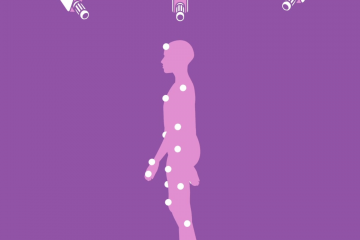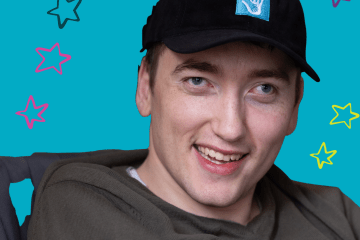Understanding Gait Analysis & Orthopedic Surgery
Gait is a very complex interaction of your muscles, your brain, your nerves, and your bones. It's really hard just to watch someone walk to decide what's wrong with them.
A better way is to do what's called Three Dimensional Gait Analysis, and that's where the child comes into one of our labs. Here, we put markers on their face, hands, and legs. We have a computer and a bunch of cameras all around the room. And then we're able to break down the gait into three dimensions.
This isn't whiz bang crazy science stuff. We've been doing this for 40 years. The technology has improved. In fact, if you've seen the movie Avatar, you know exactly what motion capture is. We're able to say, "Well, on this particular part of the body, let's just say the thigh bone, that we might need to rotate that bone 25 degrees to enable the muscles of the thigh to now work the way they're supposed to work”.
It can really just look at these plots of graphs, and we do very high speed, high quality videos. We're able to put a picture together of what we think that child would look like after we do the surgery. I can go to another family afterwards and say, "You know, I think I can make you better because I know I've done this 50 times before, and it's worked 49 times."
It really is a great tool for us in the field of cerebral palsy. It allows us to say, "Let's do this surgery to make the child walk better."
"Gait is a very complex interaction of your muscles, your brain, your nerves, and your bones."





